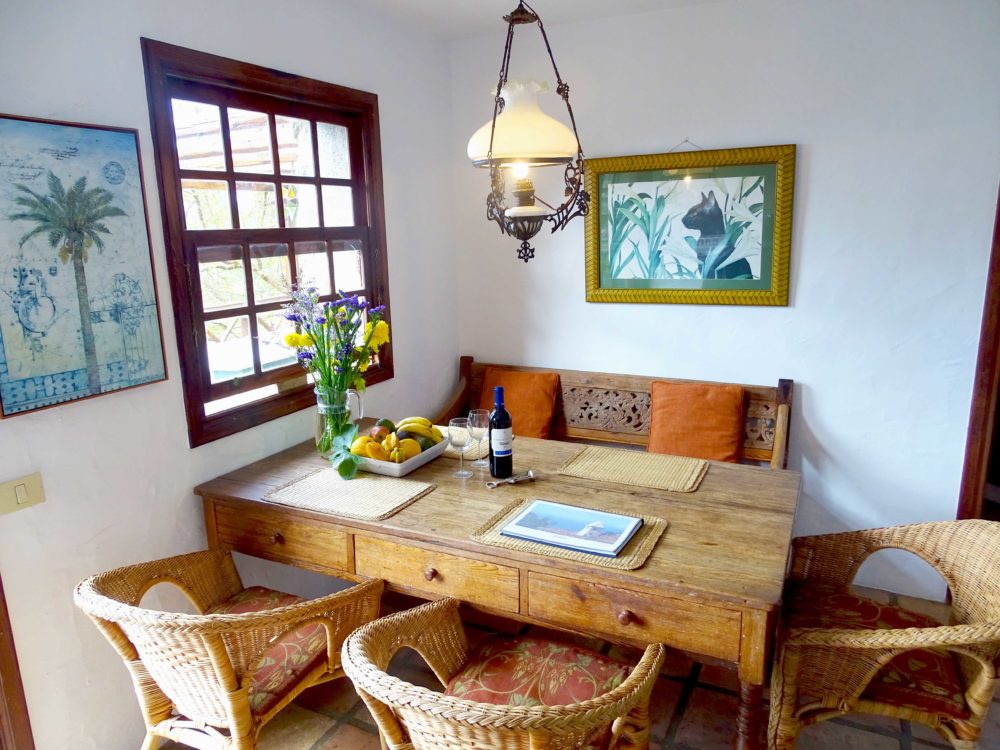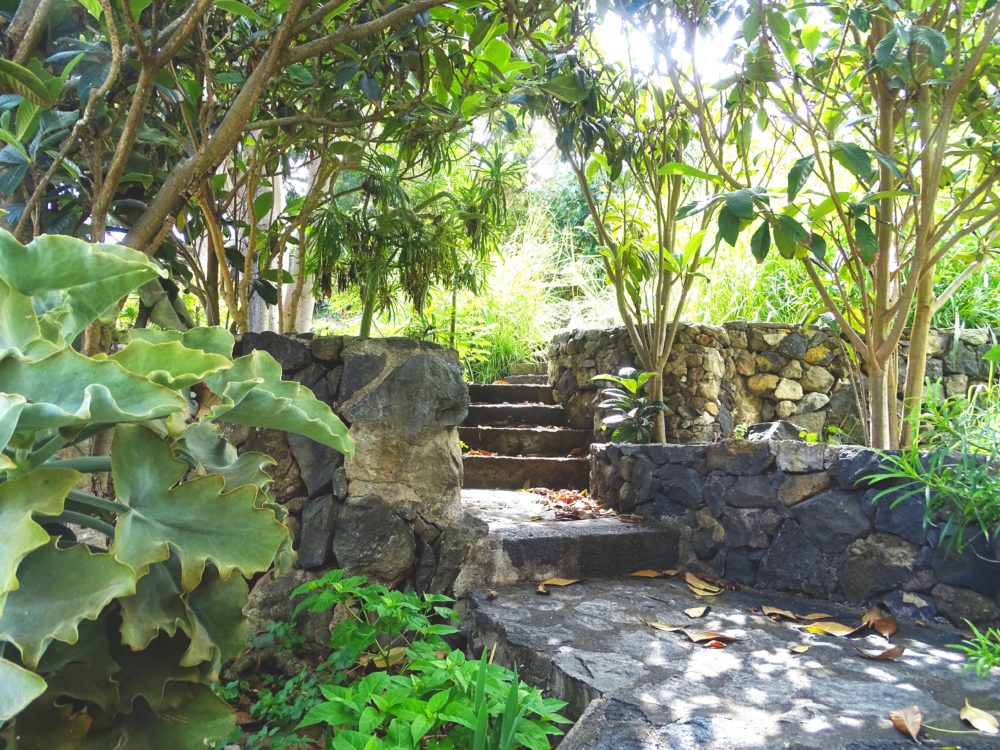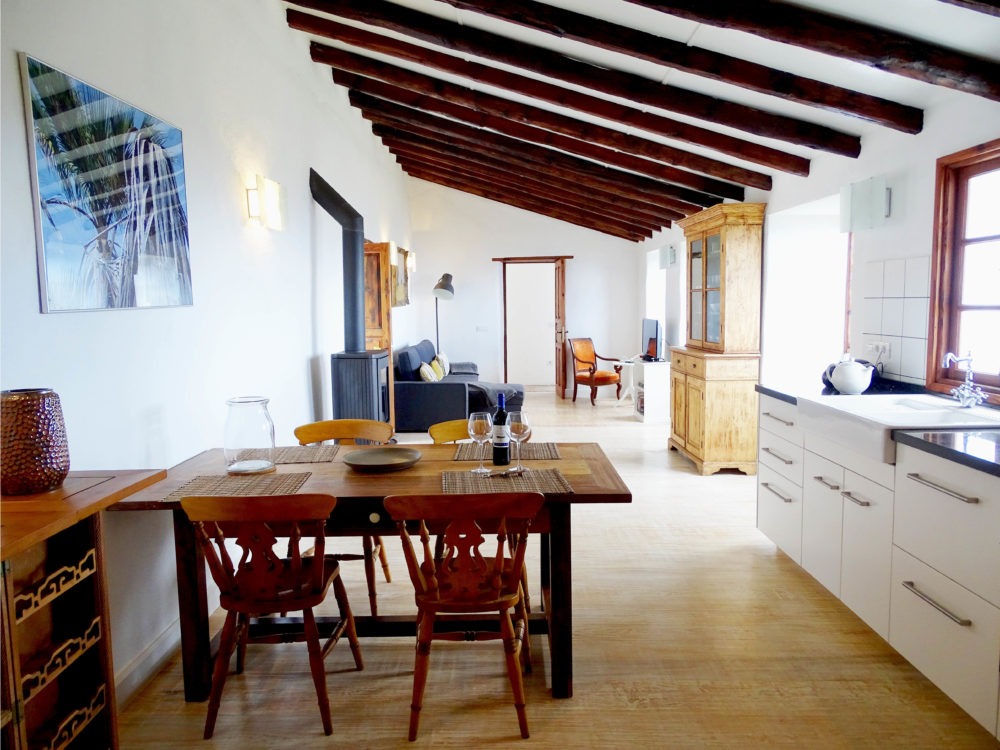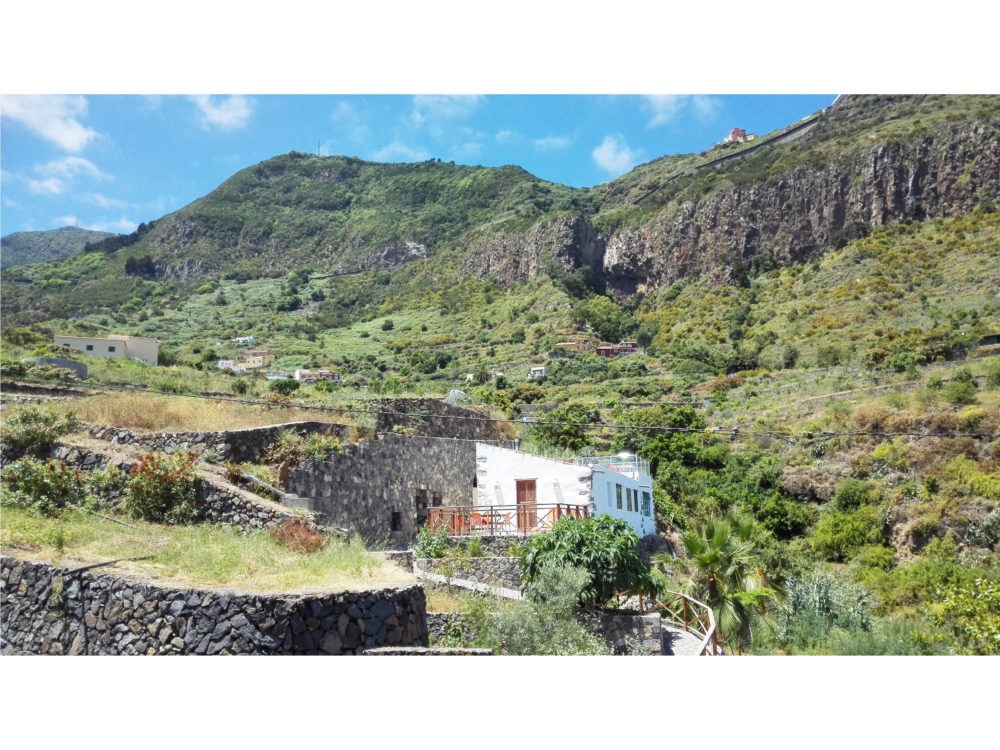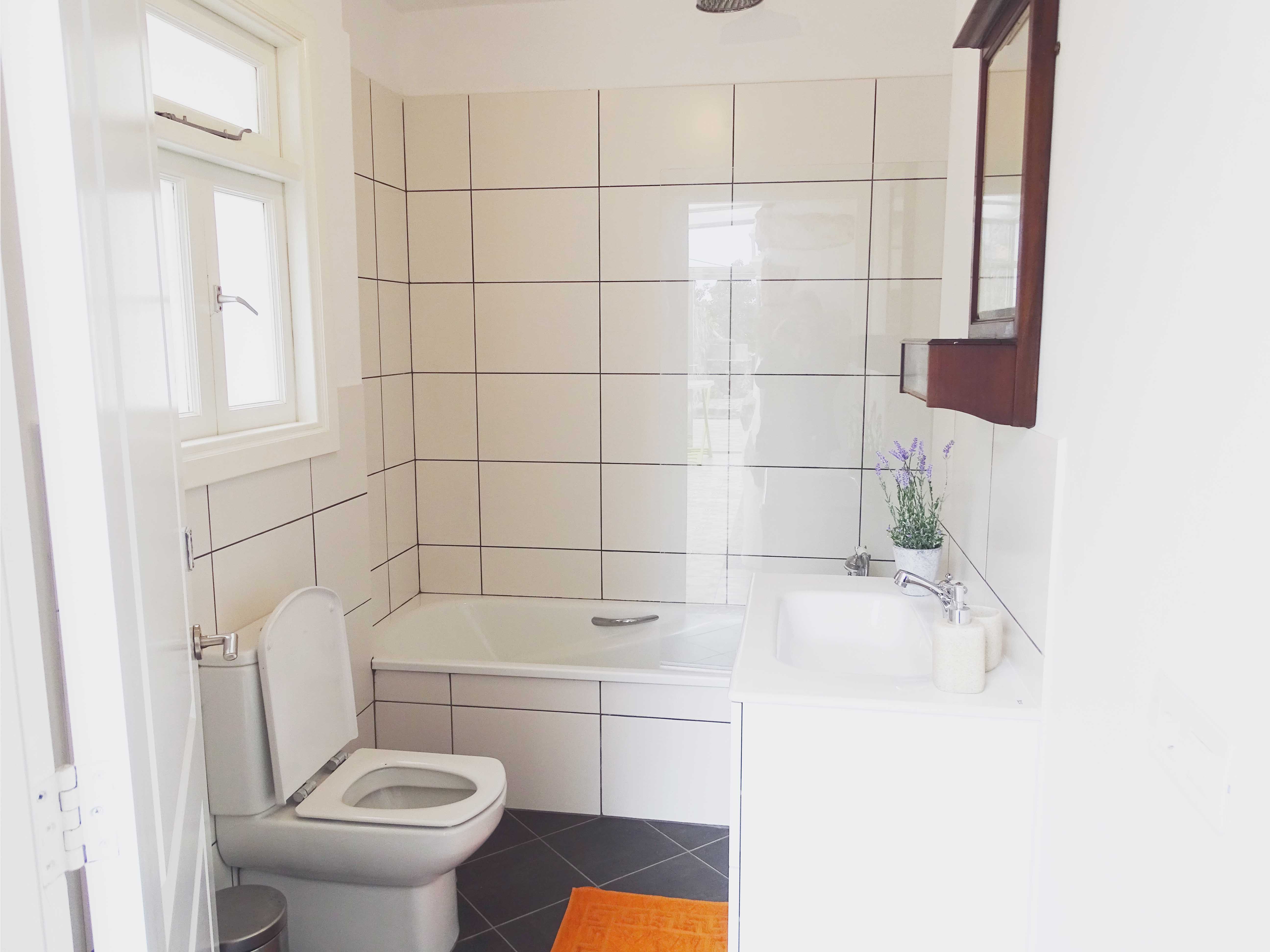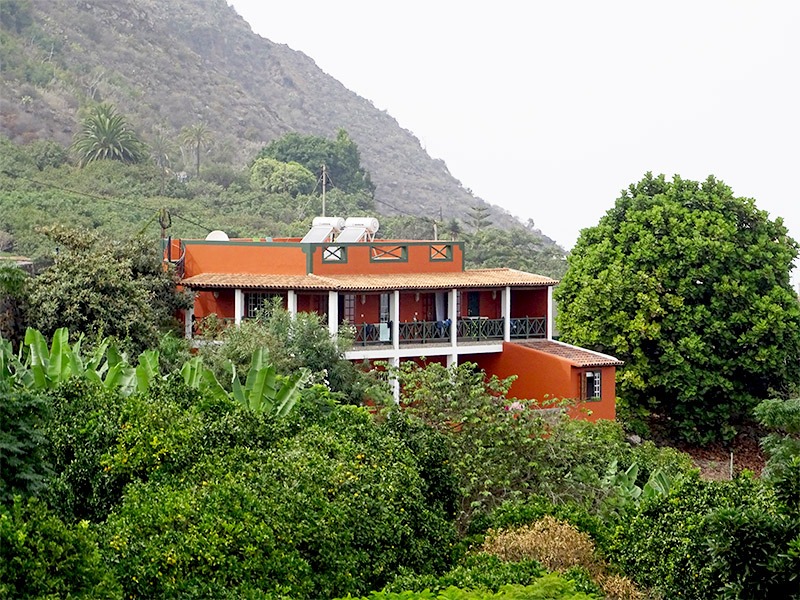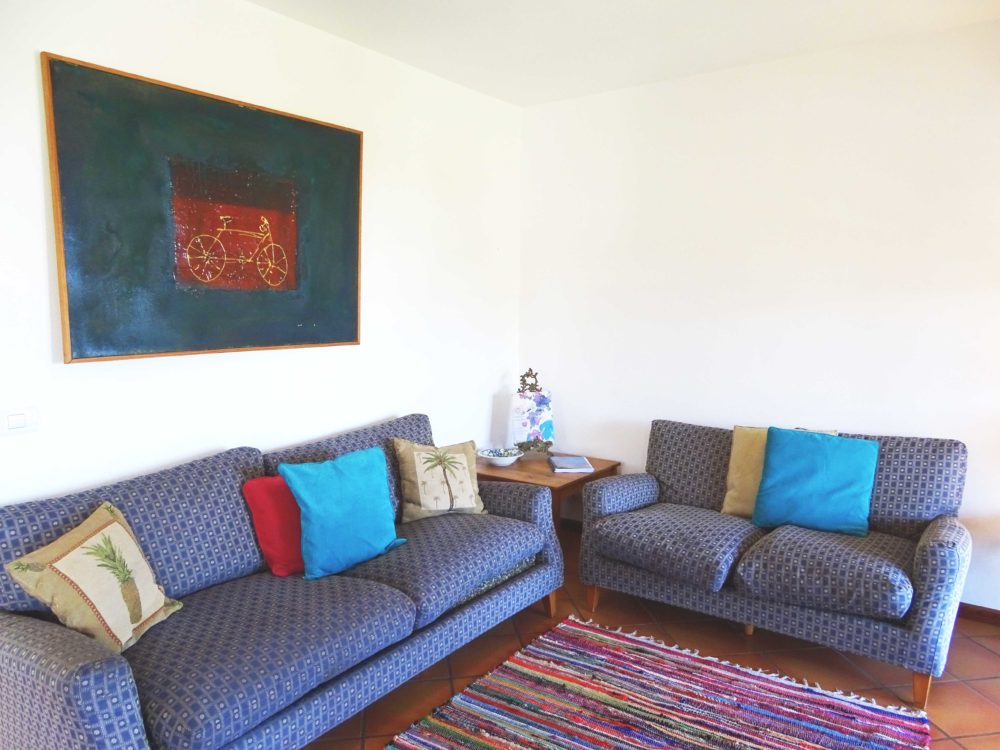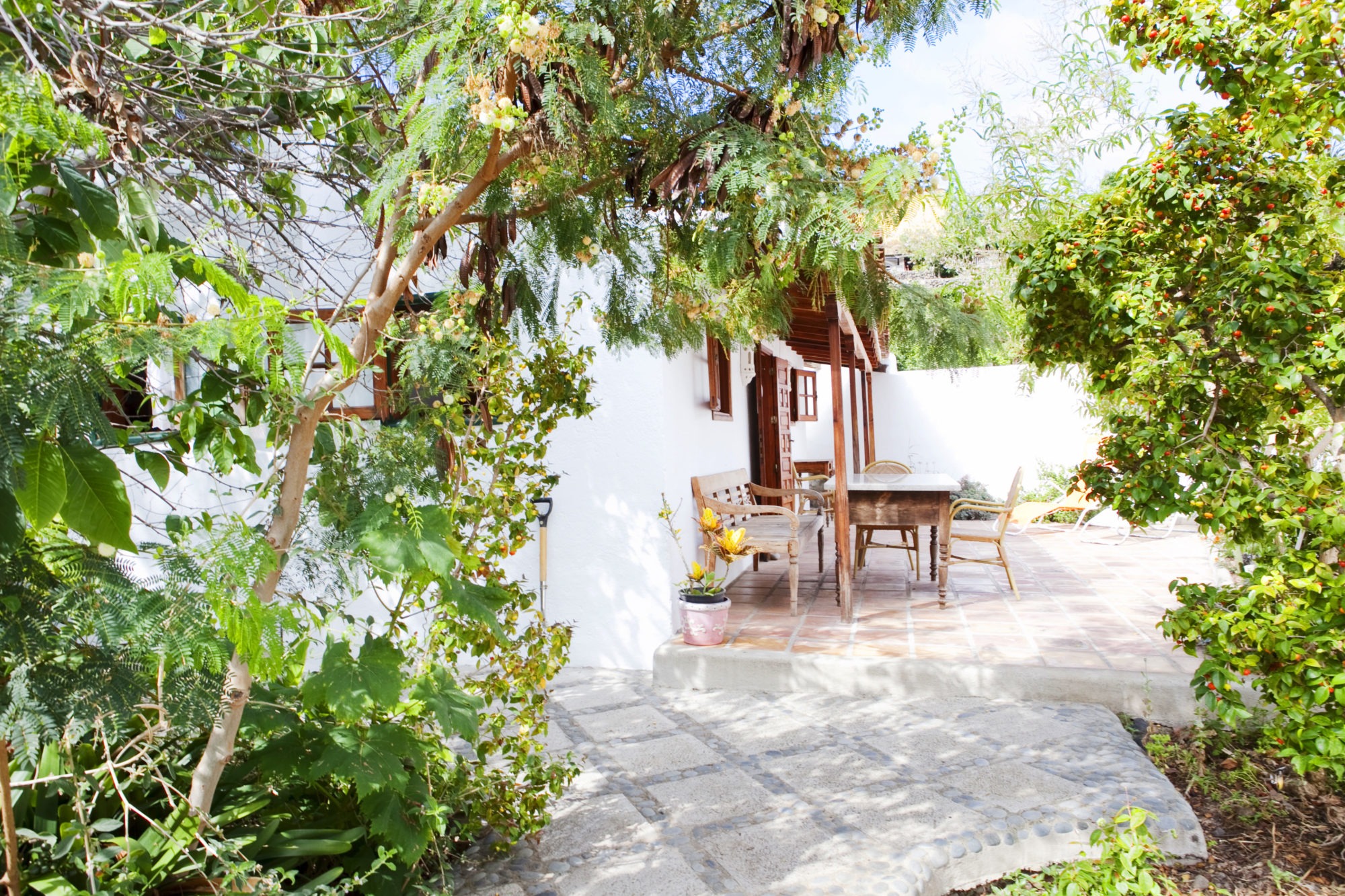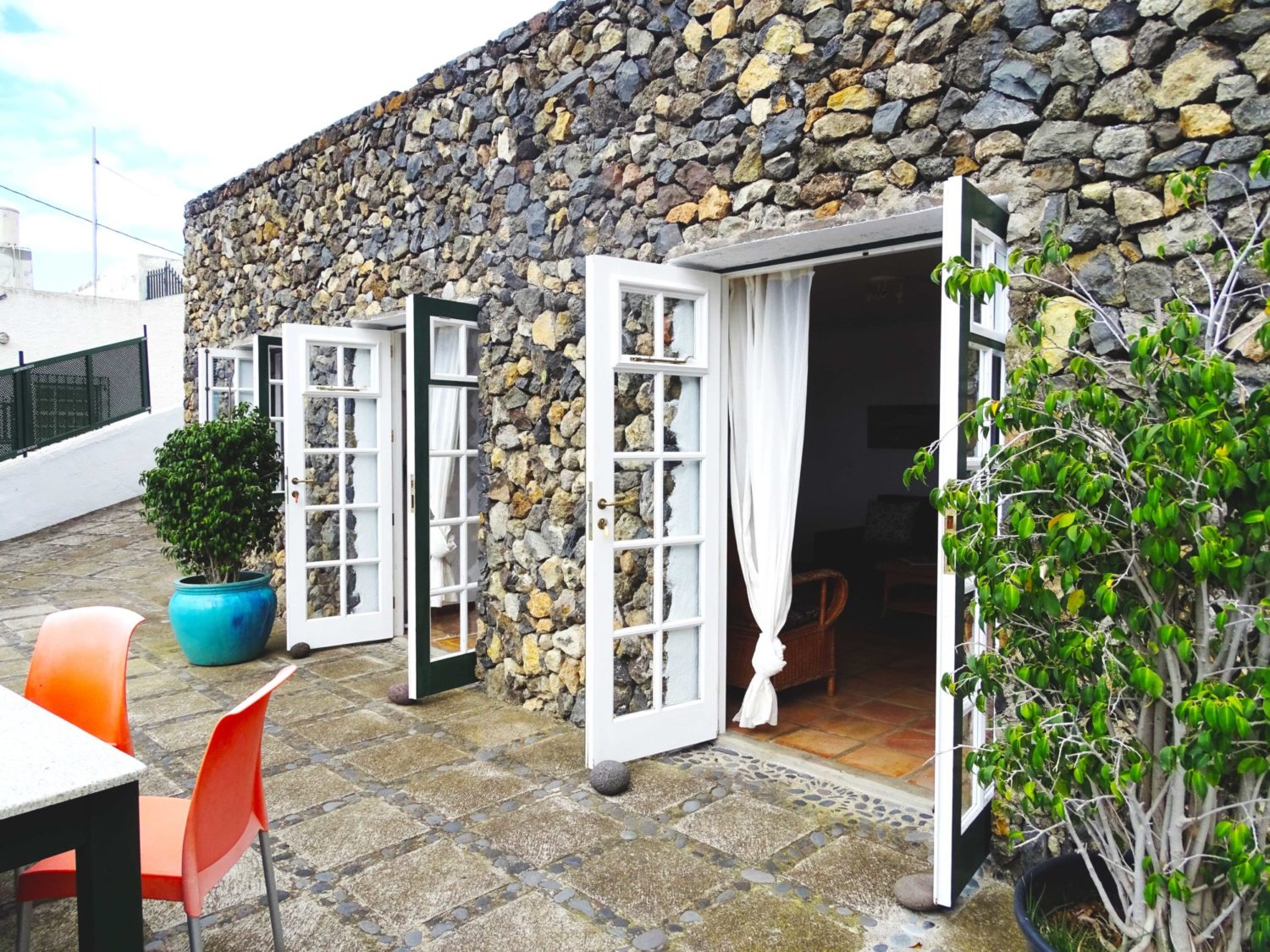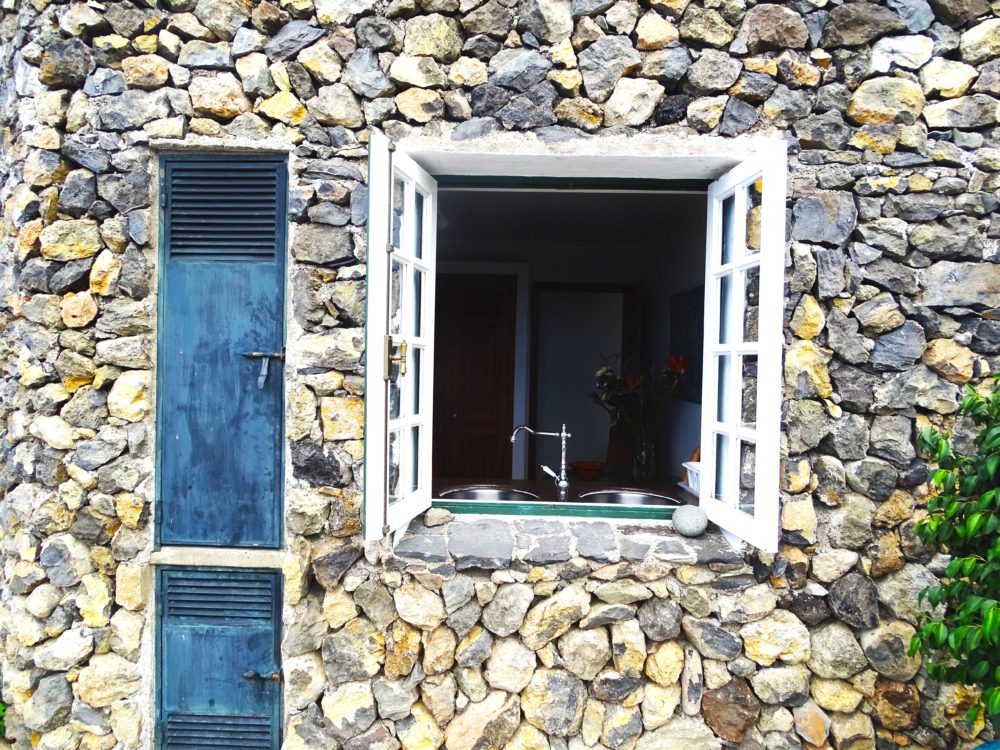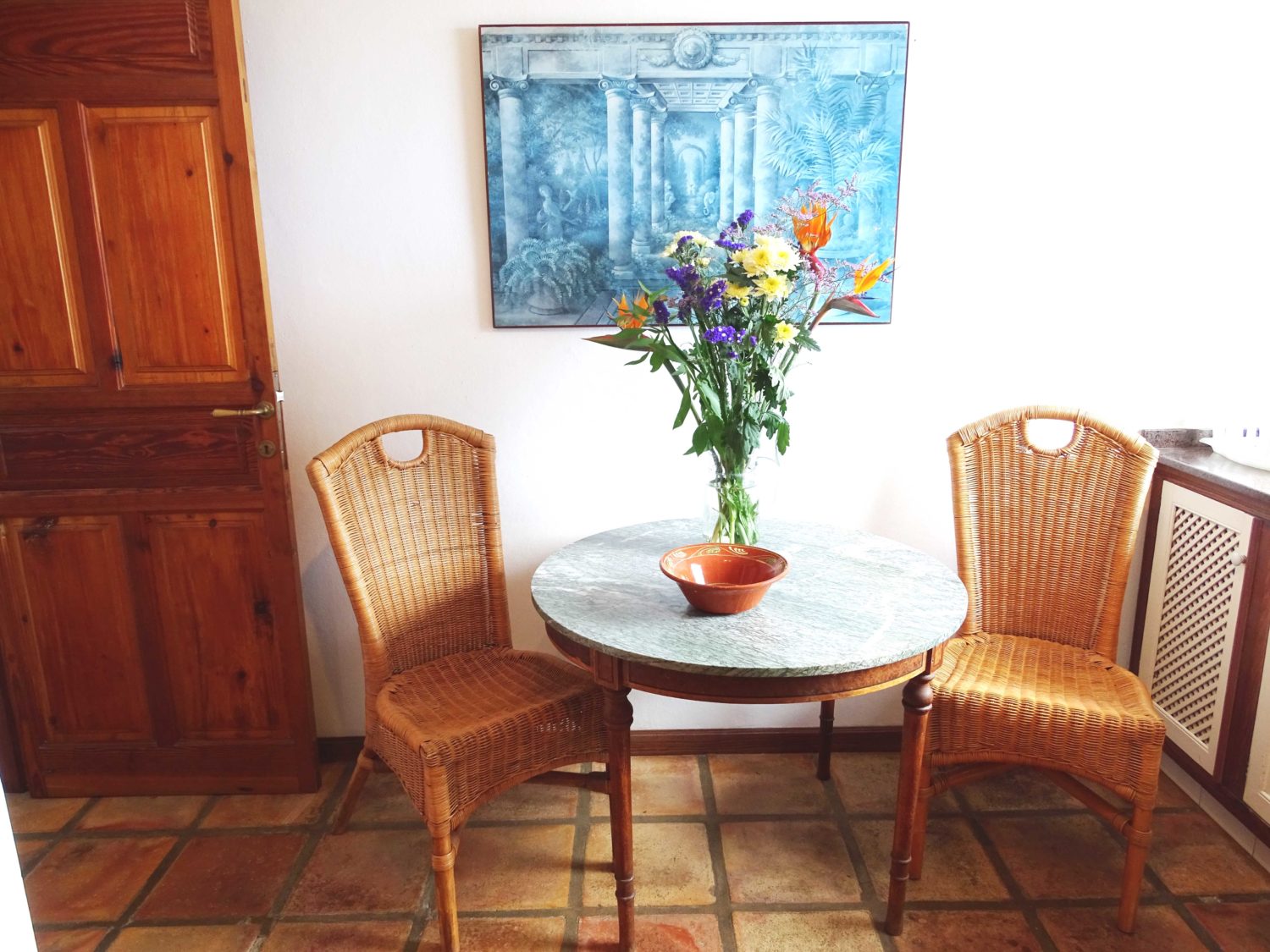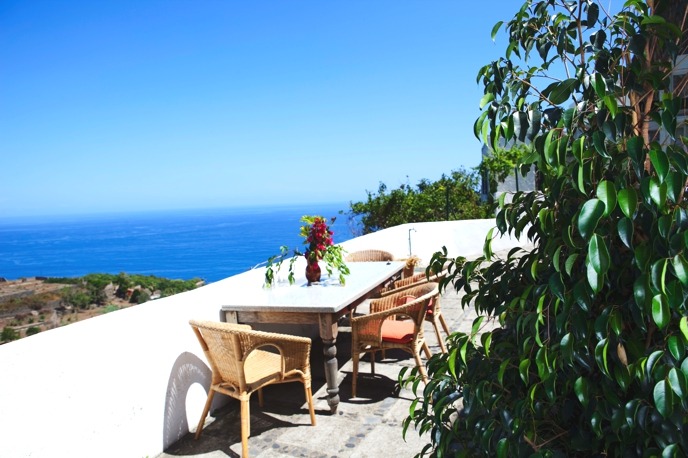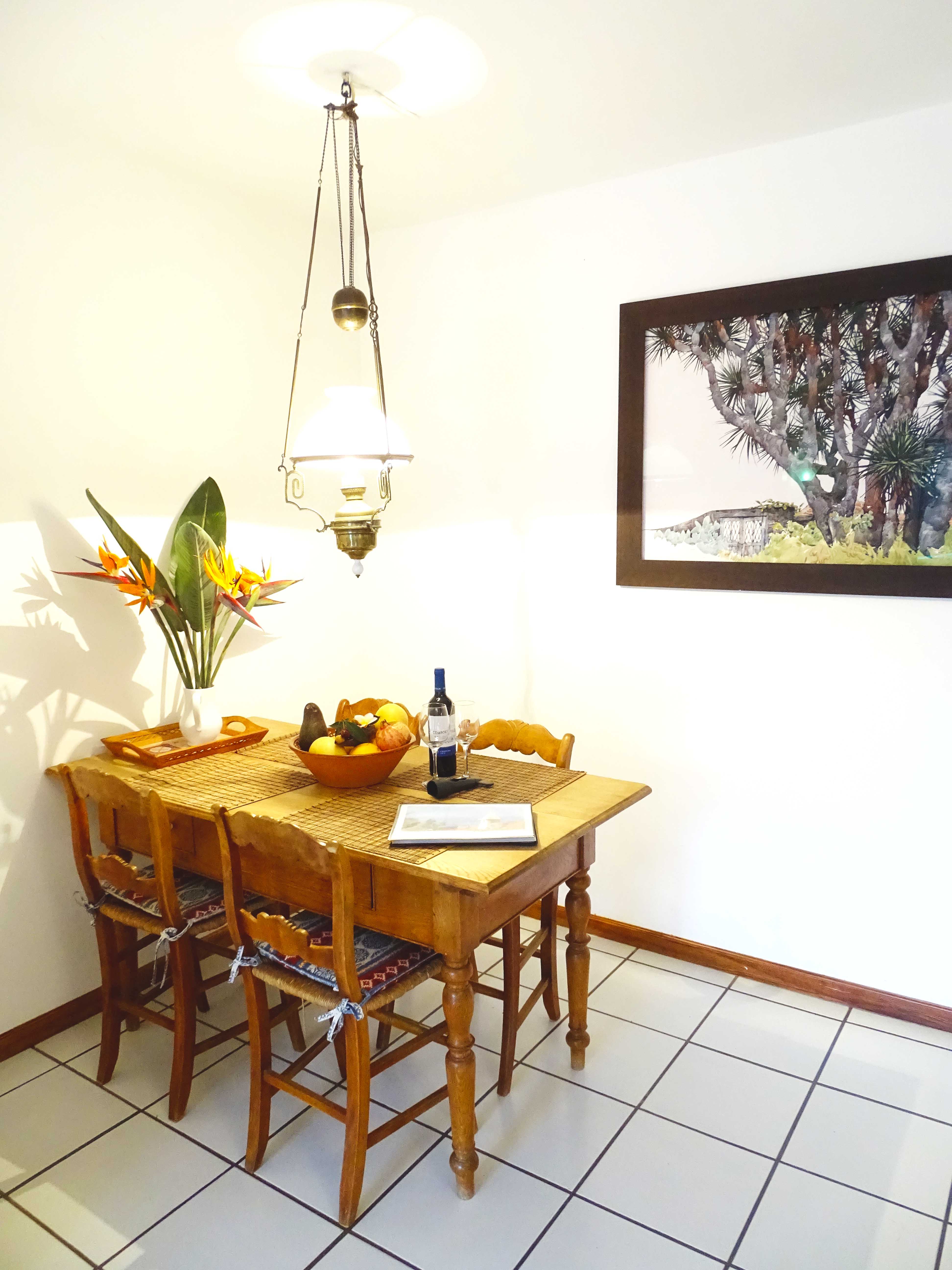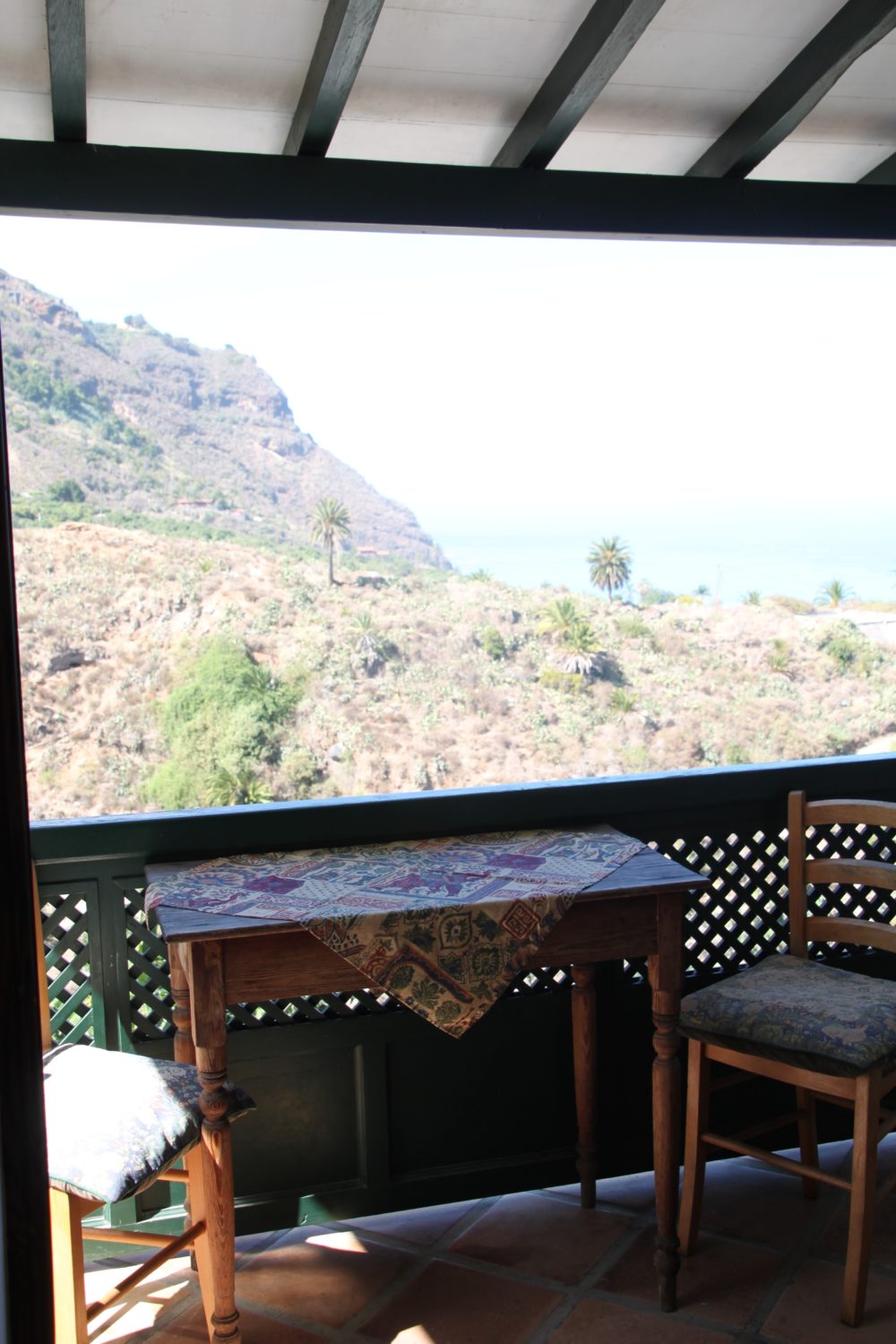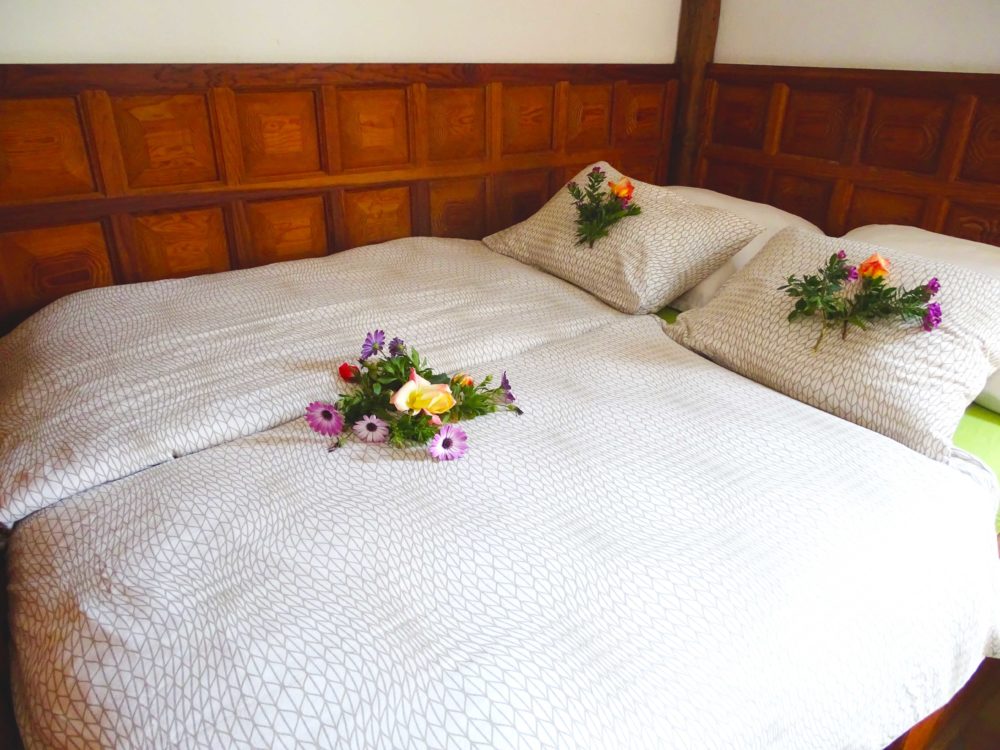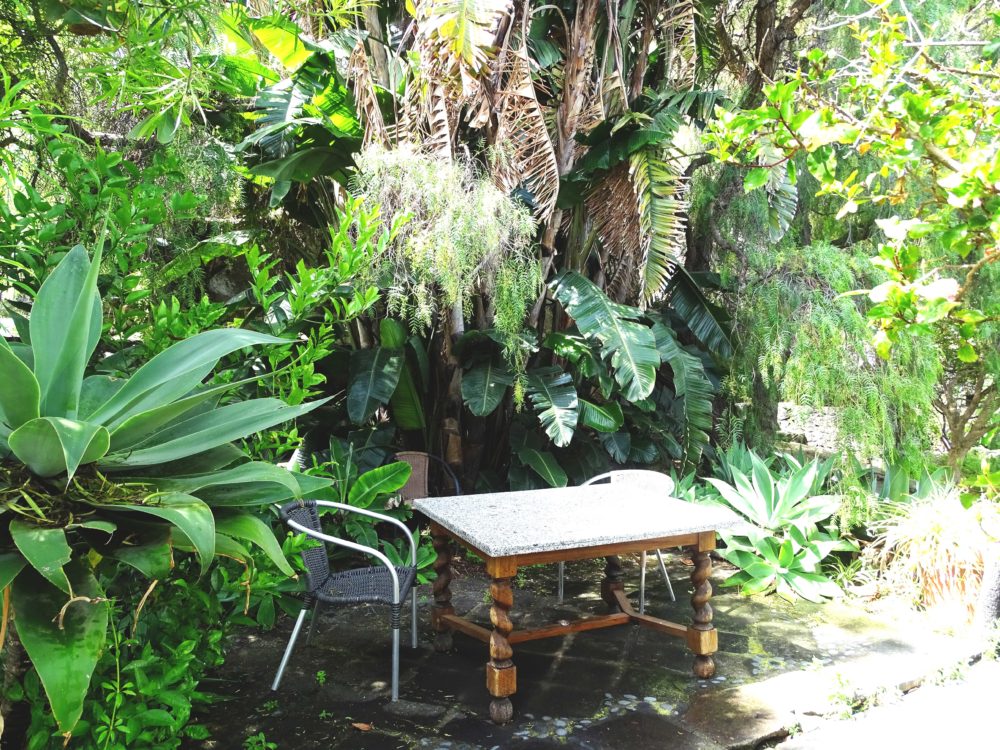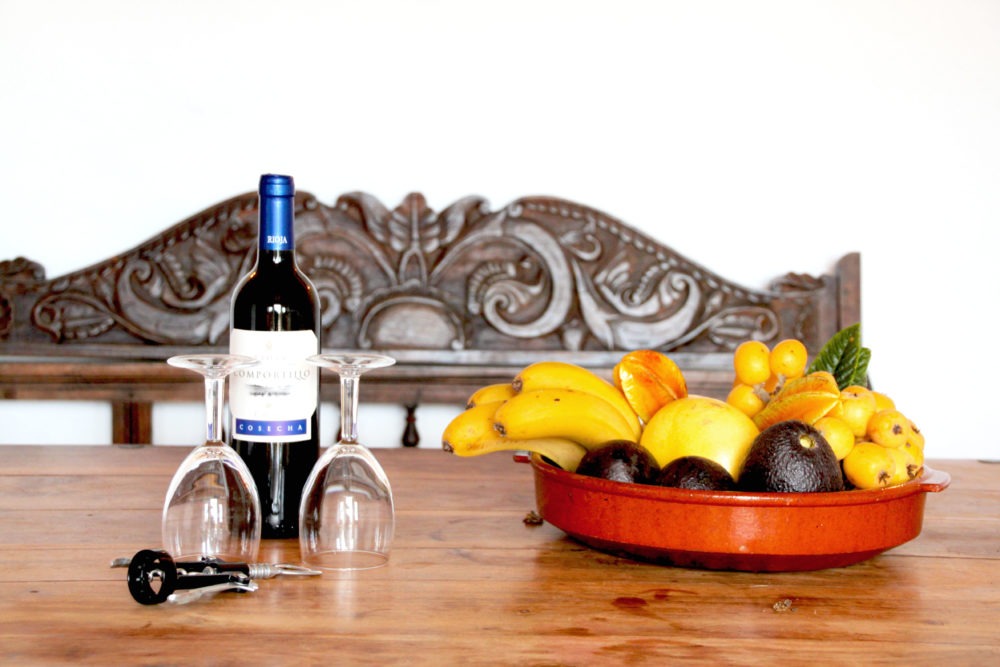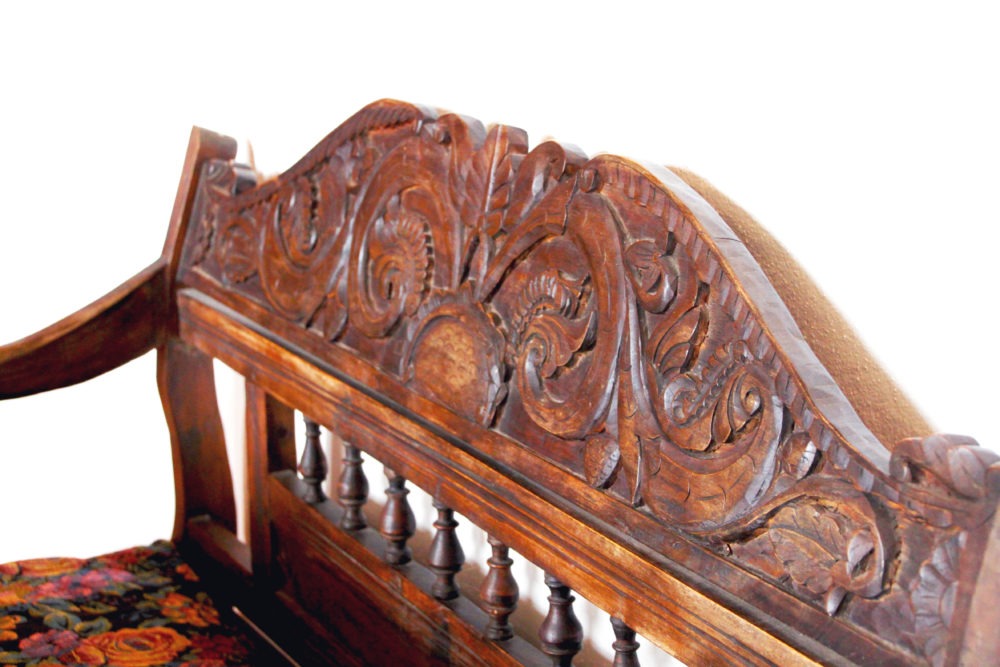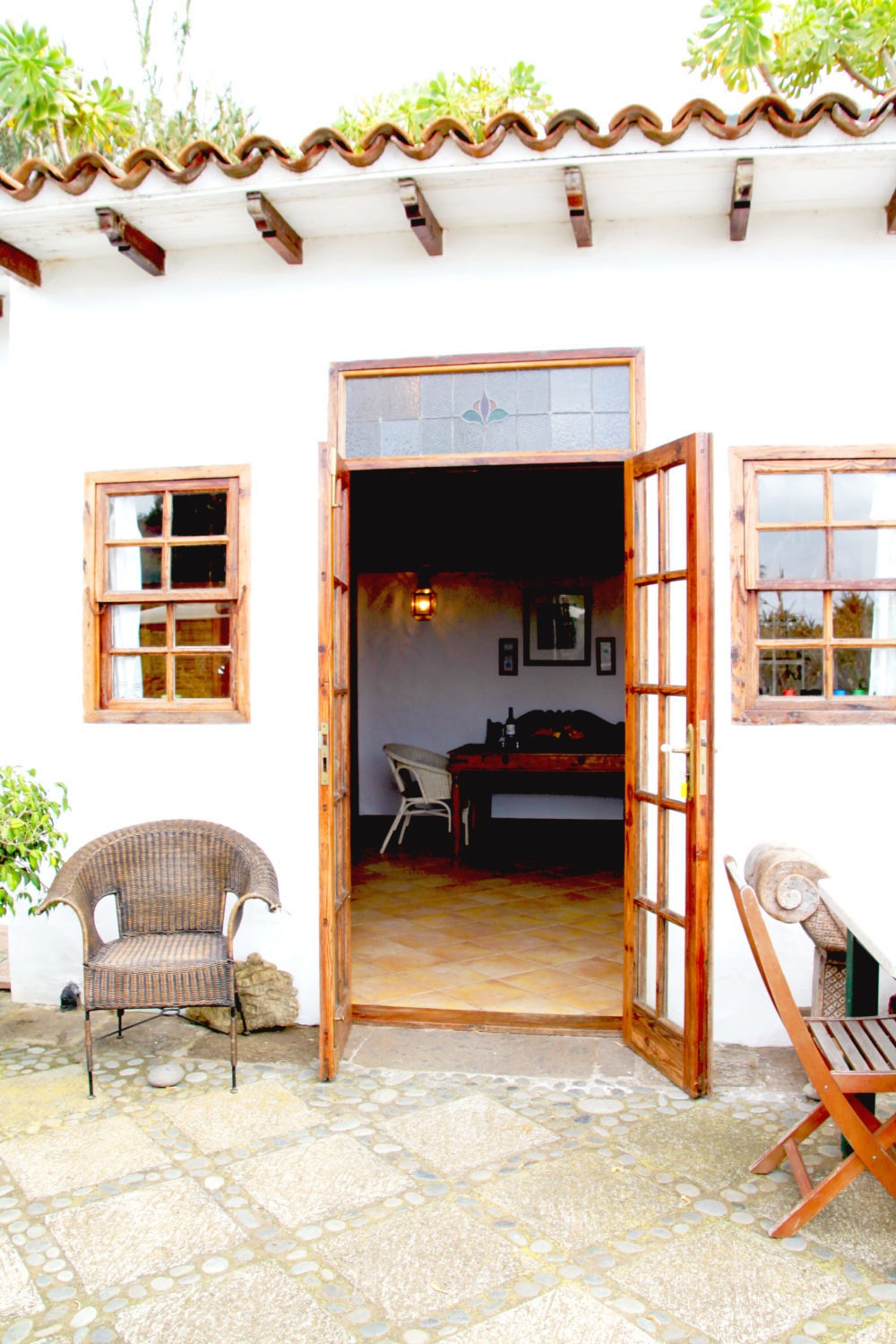Brassica rapa var. japonica
Asia Salat
Englische Bezeichnung: Asian Lettuce
Spanische Bezeichnung: Lechuga Asiatica
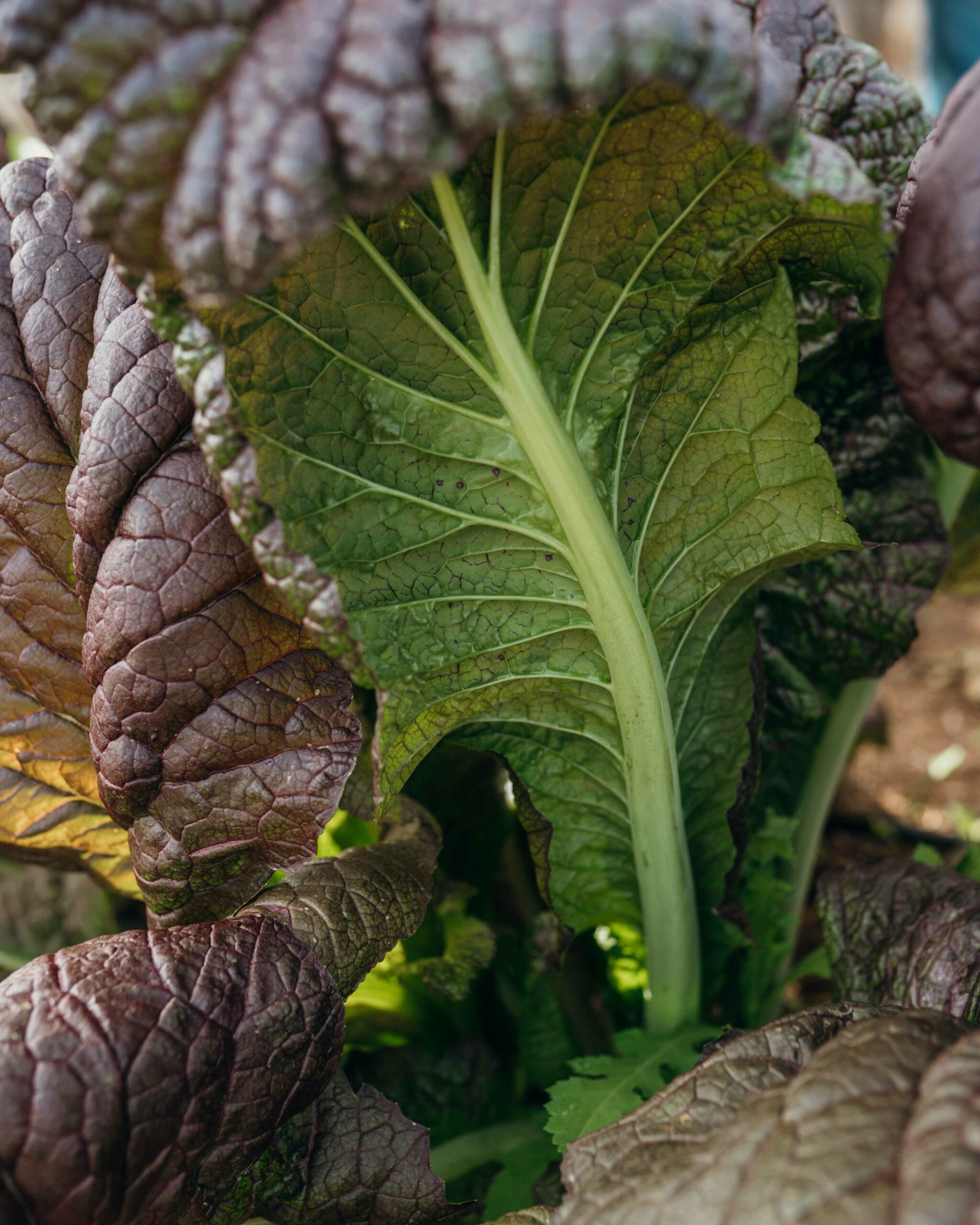
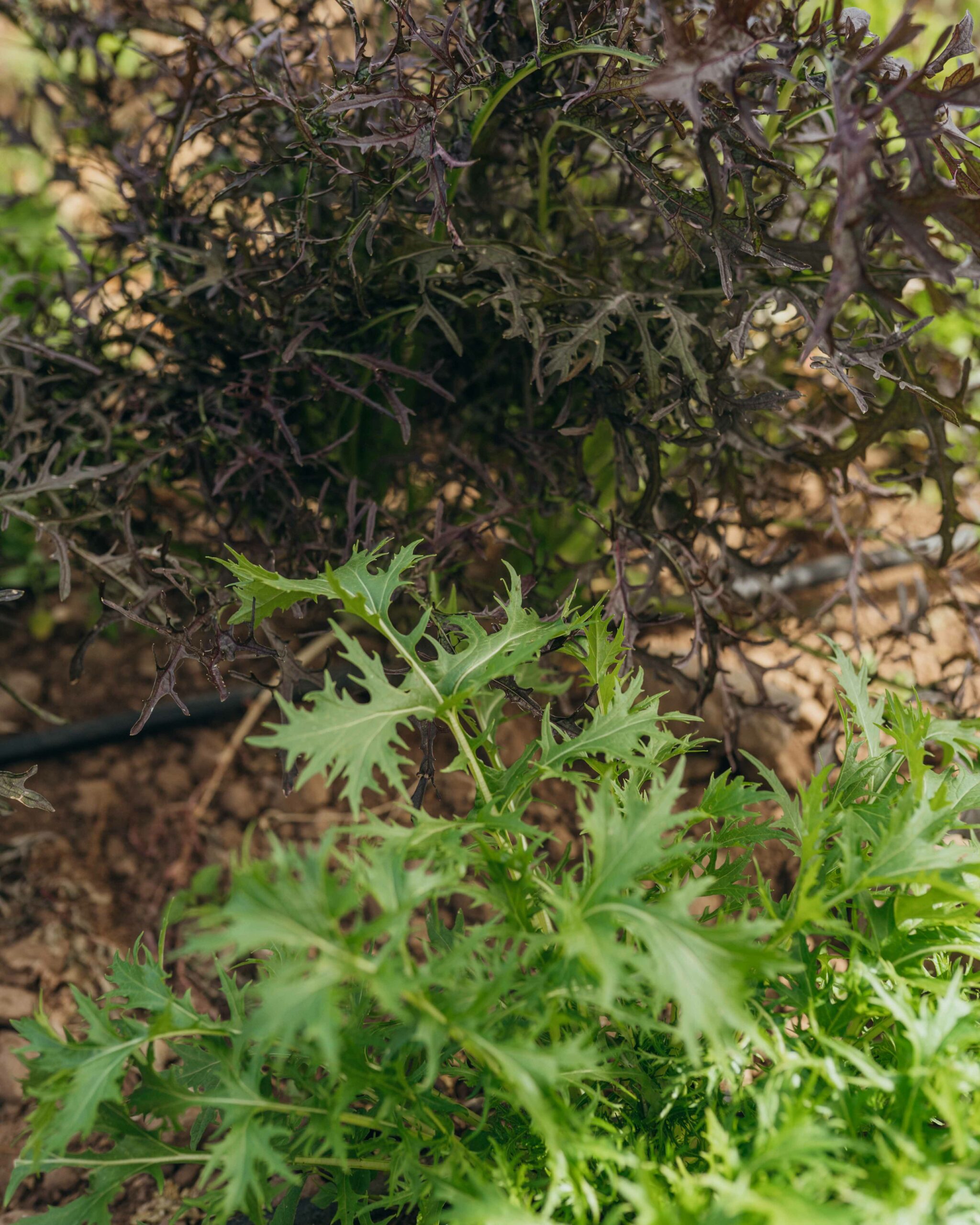
Familie
Kreuzblütengewächse (Brassicaceae)
Hauptbestandteile:
Mineralstoffe: Calcium, Magnesium, Kalium
Vitamine: B-Vitamine, C, Folsäure, Beta-Carotin (Provitamin A)
Sekundäre Pflanzenstoffe: Antioxidantien, krebsfeindliche Senfölglycoside
Ernte-Hinweise:
Einzelne Blätter können während der gesamten Wachstumszeit geerntet werden.
Verwendung:
Rohkost
-
z.B.: als Gemüsebeilage in Salaten, auf Sandwiches, …
Der Asia-Salat zählt wie die Kohlsorten zu den Kreuzblütengewächsen und enthält daher auch die wertvollen Senfölglycoside, die man an dem pikanten Aromen wahrnehmen kann.
Family
Cruciferous Vegetables (Brassicaceae)
Parts Used:
Leaves
Key Constituents:
-
Minerals: Calcium, magnesium, potassium
-
Vitamins: B vitamins, C, folic acid, beta-carotine (Provitamin A)
-
Secundary plant substances: antioxidants as well as as anti-cancer sulfur-containing glucosinaolate compounds, isothiocyanates and sulforaphane
Harvesting Guidline:
Single leaves can be harvested throughout the growing season
Use:
Raw
-
e.g.: as a vegetable side dish, in salads or on sandwiches…
Like cabbage, Asian lettuce belongs to the cruciferous family and therefore also contains the valuable mustard oil glycosides, which can be perceived in the spicy aroma.
Familia
Verduras crucíferas
(Brassicaceae)
Partes utilizadas:
Hojas
Componentes principales:
-
Minerales: Calcio, magnesio, potasio
-
Vitaminas: Vitaminas del grupo B, C, ácido fólico, betacarotina (provitamina A)
-
Sustancias vegetales secundarias: antioxidantes, así como compuestos glucosinaolados azufrados anticancerígenos, isotiocianatos y sulforafano
Consejos para la cocecha:
Las hojas individuales se pueden cosechar durante toda la temporada de crecimiento.
Uso:
Rohkost
-
p. ej.: como guarnición vegetal en ensaladas, en bocadillos, ..
Al igual que la col, la lechuga asiática pertenece a la familia de las crucíferas y, por tanto, también contiene los valiosos glucósidos del aceite de mostaza, que se perciben en su aroma picante.
